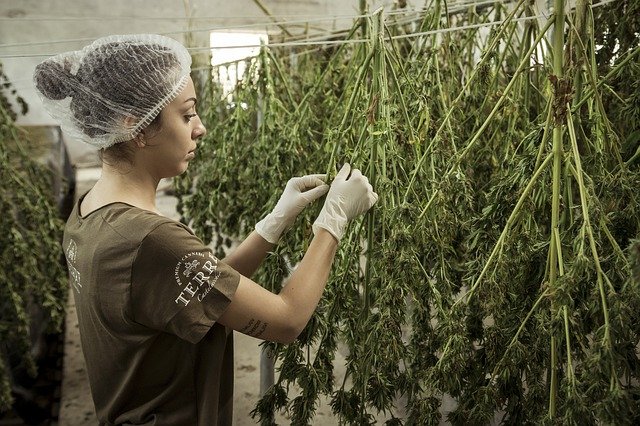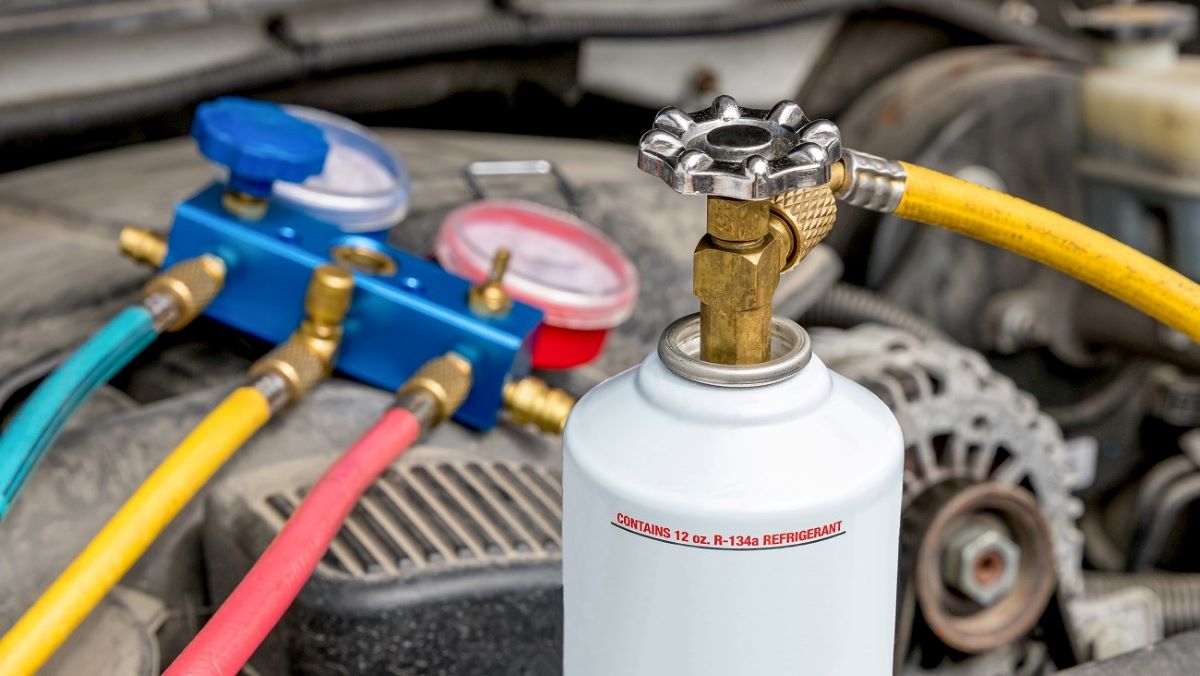How green are the clothes you are wearing? It can be challenging to discern this information, even from product labels. Yet a growing variety of environmentally friendly textiles are available for the choosy shopper.
As a general rule, you can read the labels to find out if fabrics require dry cleaning or are treated with chemical flame retardants, and avoid buying them because they are not sustainable. It’s a good idea to steer clear of polyester because it comes from petroleum.
Follow this eco-friendly textile guide to make more informed purchases. Here are the top green textile choices to seek out in your next wardrobe.

Bamboo
Bamboo is a highly renewable resource that requires few chemical inputs. The fabric is soft, breathable, and biodegradable. Unfortunately, toxic chemicals are sometimes used in the production process, but the Federal Trade Commission requires such products to be labeled as bamboo-based rayon. If you see “rayon” in the description of a bamboo-based textile, it’s not green.
Lyocell
Lyocell fiber comes from the bleached pulp of tree fibers, which is dissolved in a solvent. It is biodegradable and is made of renewable materials. It is also soft, has anti-bacterial properties, and is machine washable.
TENCEL Lyocell uses nontoxic solvents in a closed-loop process that captures and recycles 99 percent of the solvent. It contains only traceable wood pulp from sustainable resources.
Hemp
Hemp is also a highly renewable fiber that has a smaller water footprint than cotton. Unlike Lyocell, it doesn’t require chemical processing and needs few if any pesticides to cultivate. Unfortunately, the U.S. is the only major industrialized country that bans hemp cultivation, so hemp products are often imported. Urge your Congressional representatives to legalize hemp farming to bring this textile home without the carbon load of international shipping.
Organic Cotton
Cotton has its advantages and disadvantages. Almost half of all textiles are comprised of cotton, and it provides income for more than 250 million people worldwide. It is a renewable fiber, but it is commonly genetically modified and it has a large water footprint. As many as, 2,700 liters of water are required to produce the cotton to make one T-shirt or pair of jeans. Cotton is also considered the world’s dirtiest crop because of very heavy pesticide use.
The good news is that sustainable farming techniques can help reduce the water consumption necessary to irrigate cotton crops, preserve soil, provide wildlife habitat, and protect waterways. Whenever possible, choose organic cotton.
Recycled Polyester
Although this is relatively rare, recycled plastic bottles can be used to make polyester. Although clothing made from recycled polyester is difficult to find, however, Patagonia and the H&M Conscious Collection are great places to start.
Honorable Mentions
Although they didn’t make the top list, these three textiles are worth considering.
Silk
Silk is a natural fiber that requires less water than cotton and is biodegradable. Unfortunately, silk usually requires dry cleaning, and silkworms are killed during production unless it is vegan silk.
Rayon
Like Lyocell, rayon also comes from wood pulp. Its production requires far less water than cotton, it’s affordable, and is biodegradable. The sustainability of this textile choice depends largely on the producer. Rayon requires chemical processing, and some producers release this into the environment. It is also important that the wood pulp comes from sustainable sources.
Non-Organic Cotton
Even if it is treated with pesticides, cotton still has some positive attributes. It doesn’t require chemicals to process it and is a natural fiber. It is, however, commonly cultivated with a lot of pesticides and is genetically modified.
Wool
Wool is a renewable resource that creates a biodegradable, fire-resistant product. This makes it a great alternative to fabrics that are chemically-treated fabrics with flame retardants and is often used in natural mattresses. However, a campaign by PETA has raised concerns about animal welfare issues surrounding wool, even on farms that supplied Patagonia (Patagonia subsequently dropped this supplier). Only purchase wool products if you can confirm that the animals were treated humanely. Another good bet is clothing made from recycled wool.
Originally published on October 16, 2018, this article was updated in August 2020.
The post How To Choose Eco-Friendly Fabrics appeared first on Earth 911.








